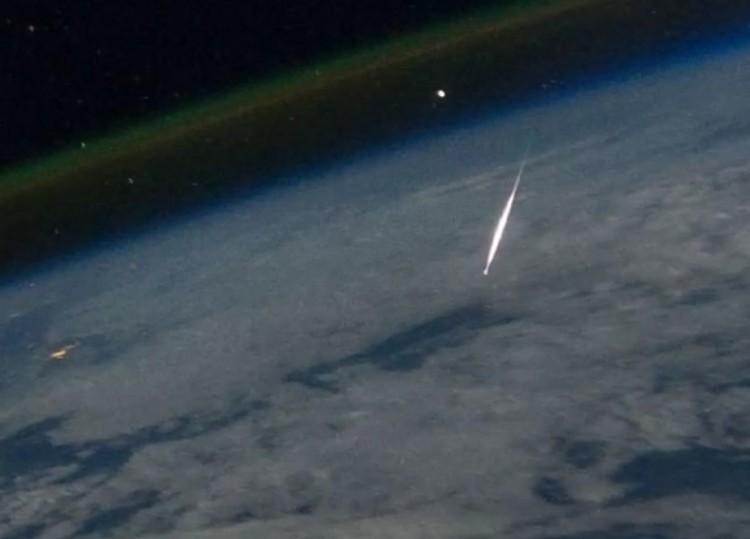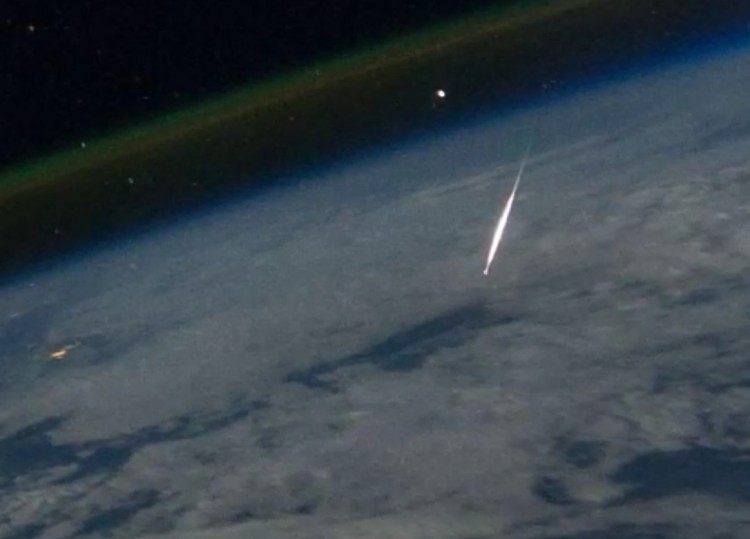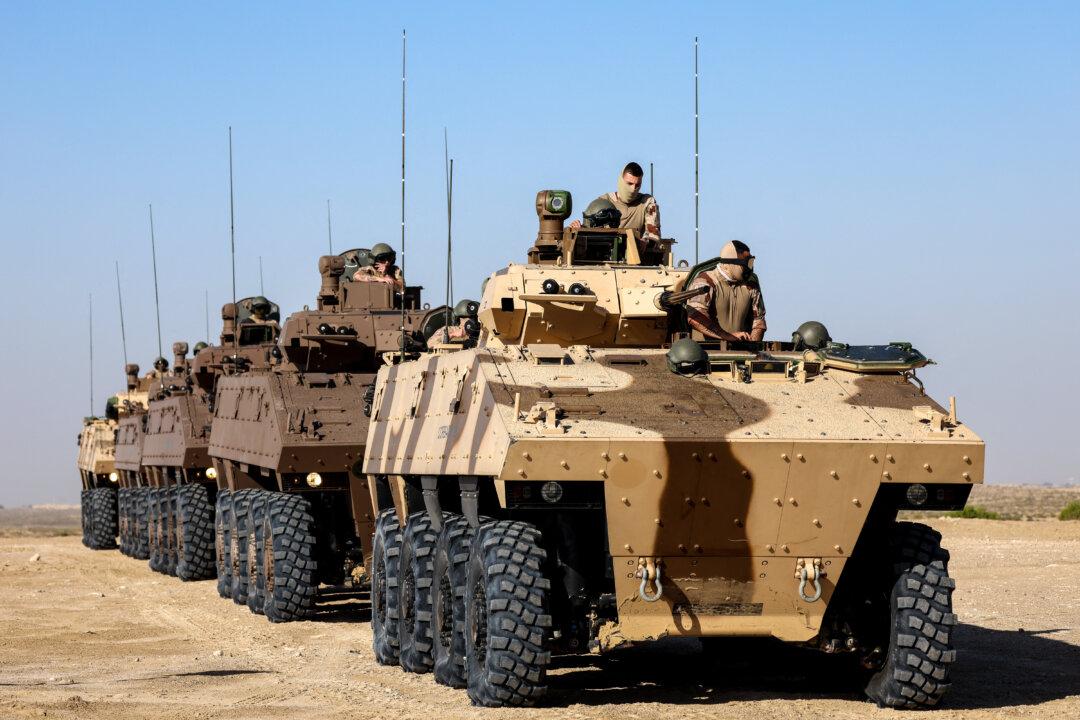A layer of precious metals in Earth’s crust could have been delivered via masses of meteorites that also cratered the moon around 3.9 billion years ago, according to a new study published online in Nature on Sept. 7.
To understand how this late veneer may have formed, English earth scientists analyzed samples from some of the world’s oldest rocks in Isua, Greenland. These rocks are almost 4 billion years old, having formed shortly after our planet’s core, but before the meteorite bombardment.
Many precious metals are siderophilic (iron-loving), meaning they would have been attracted to iron in the Earth’s deep interior as it formed. Yet they are tens of thousand times more abundant in Earth’s silicate mantle than expected.
As the young Earth developed, molten iron sank to its core, taking valuable elements like gold and platinum with it. Here sufficient precious metals abound to form a four-meter-thick layer over the planet’s entire surface.
The team investigated the isotopic composition of the rare element tungsten (W) in these rocks. Tungsten occurs as several isotopes, like some other elements, that differ slightly in mass, but have the same chemical properties.
“Extracting tungsten from the rock samples and analyzing its isotopic composition to the precision required was extremely demanding given the small amount of tungsten available in rocks,” Matthias Willbold of the University of Bristol said in a press release.
“In fact, we are the first laboratory world-wide that has successfully made such high-quality measurements.”
The researchers found that the relative abundance of the isotope 182W was 15 parts per million less in the Isua rocks compared with their present day counterparts.
“Our work shows that most of the precious metals on which our economies and many key industrial processes are based have been added to our planet by lucky coincidence when the Earth was hit by about 20 billion billion tonnes of asteroidal material,” Willbold concluded.
Mantle convection processes would have mixed the meteoritic material into Earth’s crust, and geological processes would have later concentrated precious metals like tungsten into ore deposits
The Epoch Times publishes in 35 countries and in 19 languages. Subscribe to our e-newsletter.







